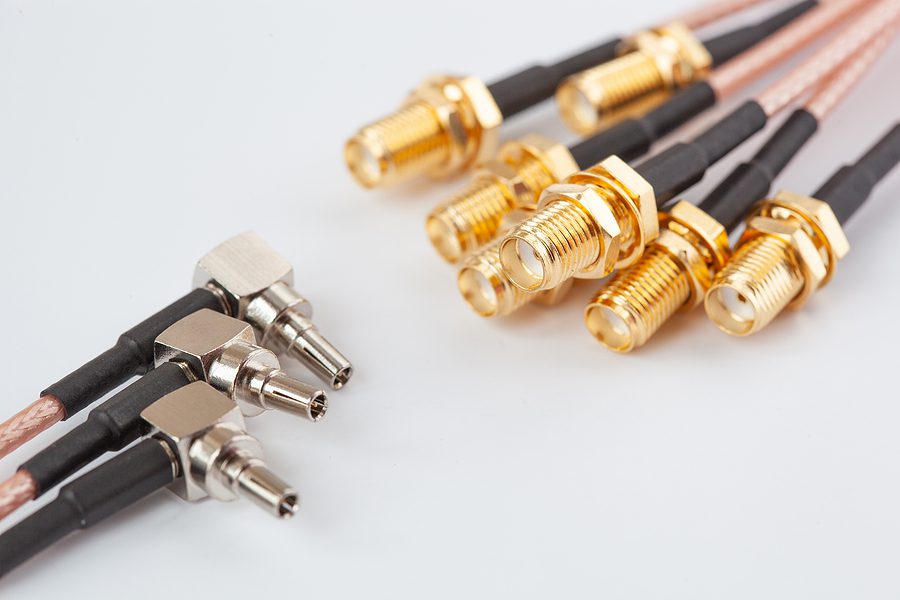
Pickering releases Industry-first 20kV stand-off relay
April 19, 2025
Pickering Electronics is proud to announce the launch of its groundbreaking Series 63 reed relay featuring an industry-first 20kV stand-off across the switch contacts. The new Series 63 20kV Reed Relay is engineered for demanding high-voltage applications, offering a robust 20kV stand-off capability and 12.5kV switching capacity, while maintaining a maximum power rating of 50W….

Coto introduces industry’s Lowest Power 1000Hz Magnetic Sensor
March 30, 2025
Coto Technology’s newest product release is the RedRock® RR133-1E83-511 magnetic sensor. This sensor based on TMR technology provides 1000Hz sensing frequency and consumes only 1.5uA of power. Coto Technology has announced the release of its new RedRock® RR133-1E83-511 magnetic sensor. This cutting-edge sensor is engineered to meet the demanding requirements of magnetic sensing use cases including magnetic rotation counting…

Authorized Distributorship for Isabellenhütte
December 10, 2024
Wiselink has been appointed Authorized Distributor for Isabellenhütte’s Precision Resistors and Shunt Solutions December 2024, Singapore– Wiselink is pleased to announce its new partnership with Isabellenhütte, one of the world’s leading manufacturers of precision resistors and shunt solutions. Wiselink will now be the official distributor of Isabellenhütte’s high-performance products, providing customers with cutting-edge resistor technology…

Authorized Distributor for ECE (Excel Cell Electronic)
July 5, 2024
Wiselink is excited to announce an expansion in its product offerings through a new distributorship agreement with ECE (Excel Cell Electronic). This strategic partnership is poised to enhance Wiselink’s ability to serve customers, offering greater access to a diverse range of switches, relays, connectors etc. Effective immediately, Wiselink will become a key distributor of…

Introducing Pickering’s FIRST High Voltage, SMD Reed Relay
November 23, 2023
Series 219 is a brand new high-voltage surface mount relay designed to effortlessly switch up to 1kV in 1 Form A, 2 Form A, & 1 Form B configurations. Nobody else in the market offers SMD high voltage relays in 2 Form A and 1 Form B packages. Switching up to 1kV at up…

2023 Enterprise 50 Awards Winner – Wiselink
November 22, 2023
Top 50 business leaders behind Singapore’s top 50 privately held companies came together on Nov 21, 2023 for a night of celebration. The Enterprise 50 (E50) Awards recognizes the 50 most enterprising local, privately held companies which have contributed to the economic development of Singapore, both at home and overseas. It is jointly organised by…

Maintaining Reed Relays: Tips for Longevity and Reliability
September 14, 2023
Reed relays, those unassuming but vital components used in various electronic devices and systems, play a crucial role in ensuring the smooth operation of many everyday technologies. From telecommunications equipment to medical devices and industrial machinery, these electromechanical switches are responsible for controlling electrical circuits efficiently. However, like all components, reed relays require…

A Beginner’s Guide to Radiofrequency (RF) Connectors
September 13, 2023
In modern technology, few things are as ubiquitous and essential as radiofrequency (RF) connectors. These pivotal components serve as linchpins in forging reliable connections among an array of electronic devices. Understanding RF connectors is a fundamental skill, whether you’re delving into amateur radio, setting up a home Wi-Fi network, or working in a professional…

Electric Component Troubleshooting: Common Issues & Solutions
September 12, 2023
Electric components form the infrastructure of modern technology, supplying energy to a broad spectrum of applications, ranging from our households to our automobiles and electronic devices. Nevertheless, akin to all mechanical or electronic systems, they can occasionally run into problems. In this article, let’s look at some common issues and offer solutions to troubleshoot…

Connector Materials and Their Impact on Performance
September 11, 2023
When we think about electronic devices, the focus often falls on the flashy screens, powerful processors, and sleek designs. But what about the invisible forces that make it all work seamlessly? Connectors, albeit small, play a vital role in ensuring the flow of data and power within our devices. However, what many might overlook…

The Mechanics of Pogo Pins: How Does a Pogo Pin Work?
September 8, 2023
Previously, we covered an introduction to pogo pins, exploring their fundamental attributes and applications that make them a staple in various industries. In this article, we will unravel the mechanisms that govern the functionality of pogo pins. Construction of a Pogo Pin A pogo pin typically consists of several key components: …

Mastering the Basics: What You Need to Know About Resistors
September 6, 2023
In electronics, components such as resistors stand as humble yet essential pillars of circuitry. This article aims to unveil the enigma surrounding resistors by providing insights into their nature, functionality, and the various types that exist. What is a Resistor? A resistor is an electronic component designed to control the flow of…
